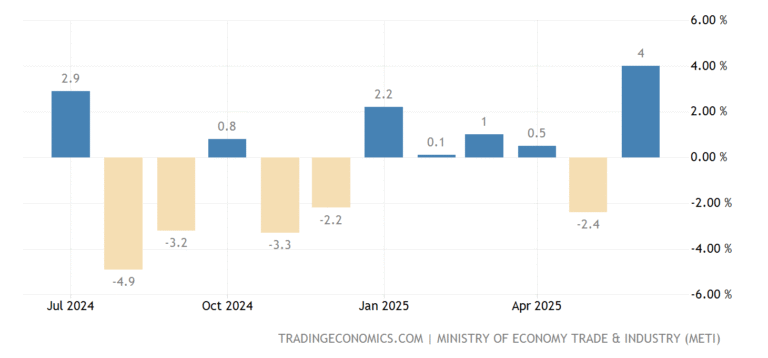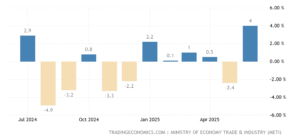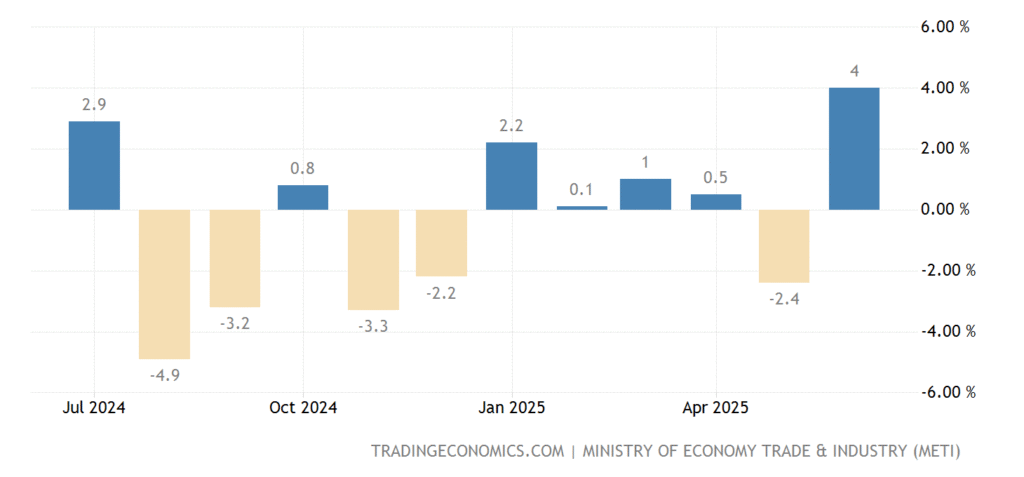In 2020, China quietly began piloting its digital yuan in select cities. Within months, thousands of citizens were using it to pay for groceries, transport, and online purchases. Around the same time, the Bahamas launched the “Sand Dollar” — the world’s first fully deployed central bank digital currency (CBDC). These were not speculative cryptocurrencies traded on volatile exchanges; they were state-issued digital money with the full backing of national reserves.
Today, over 130 countries, representing more than 98% of global GDP, are exploring or developing CBDCs. As governments race to digitize their national currencies, questions about their impact on cryptocurrency — particularly in global payments — are becoming more urgent. Will CBDCs complement, compete with, or constrain the growth of crypto-based transactions? The answer lies in understanding what CBDCs are designed to do, and how they intersect with the decentralization ethos of cryptocurrency.
CBDCs: The Bridge Between Traditional and Digital Finance
Unlike decentralized cryptocurrencies such as Bitcoin, CBDCs are issued and regulated by a nation’s central bank. They function as a digital form of legal tender — spendable anywhere that accepts the national currency — but settle instantly using blockchain or other distributed ledger technologies.
For governments, CBDCs offer efficiency, transparency, and greater control over monetary policy. For consumers, they promise faster transactions and reduced fees compared to legacy banking rails. But their design choices vary widely. Some, like the European Central Bank’s proposed digital euro, aim for privacy-preserving features within regulated limits, while others may integrate strict identity verification to track all transactions.
Coexistence or Competition?
CBDCs could both accelerate and challenge crypto adoption in global payments.
On one hand, CBDCs could normalize the use of blockchain-based payment systems, making it easier for merchants and consumers to adopt private cryptocurrencies alongside government-issued ones. For example, if a country’s retail sector becomes accustomed to instant blockchain settlements via a CBDC, integrating Bitcoin or stablecoin payments would require minimal infrastructure change.
On the other hand, governments may restrict or heavily regulate private cryptocurrencies to protect their CBDC’s dominance. Some jurisdictions already require crypto exchanges to report large transactions, while others ban certain stablecoins that compete directly with state-backed digital currencies.
Impact on Cross-Border Transactions
One of the most significant promises of CBDCs is the potential to streamline cross-border payments — a process that currently involves multiple intermediaries, high costs, and days-long delays.
If two countries’ CBDCs are interoperable, a payment from a business in India to a supplier in Singapore could be settled in seconds, with near-zero fees. This efficiency could undermine the role of stablecoins in cross-border trade, particularly those pegged to fiat currencies.
However, CBDCs are not guaranteed to solve every pain point. Without global coordination, differing technological standards and regulatory frameworks could create new barriers. In such cases, cryptocurrencies and platforms like voyallet.com may still play a vital role in bridging incompatible systems, offering multi-currency wallets that support both state-issued and decentralized digital assets.
Privacy and Financial Freedom Concerns
One of the biggest philosophical divides between CBDCs and cryptocurrencies is privacy. While Bitcoin transactions are pseudonymous, CBDCs could be fully traceable, allowing central banks — and potentially other agencies — to monitor every payment in real time.
Proponents argue this transparency will help combat financial crime, tax evasion, and corruption. Critics warn it could enable mass financial surveillance, giving governments the power to block transactions or freeze accounts without due process.
For privacy-conscious users, this concern could increase demand for decentralized payment methods. A likely future scenario is the coexistence of CBDCs for regulated, mainstream commerce and cryptocurrencies for peer-to-peer, censorship-resistant transactions.
CBDCs and Merchant Adoption of Crypto
For merchants, CBDCs could reduce the friction of accepting digital payments. Once infrastructure is in place for CBDCs — such as updated point-of-sale systems and digital wallet integration — adding support for cryptocurrencies like Ethereum or stablecoins could become a minor upgrade rather than a major overhaul.
Multi-functional wallets like Voyallet are well-positioned to serve this hybrid payment environment. By offering users a single platform to store, send, and spend both CBDCs and cryptocurrencies, these tools could act as a bridge between two parallel payment ecosystems. Businesses that adopt such solutions early may enjoy a competitive edge, especially in global markets where payment diversity is an advantage.
Actionable Takeaways for Businesses and Individuals
- Monitor CBDC Developments: Track your country’s CBDC rollout plans, as they could affect payment processing, compliance obligations, and cross-border strategies.
- Invest in Flexible Wallet Infrastructure: Use wallets that can handle both CBDCs and cryptocurrencies to avoid future compatibility issues.
- Stay Informed on Privacy Implications: Understand how CBDC transaction monitoring might impact your financial activities, especially if you operate internationally.
- Diversify Payment Acceptance: Don’t rely solely on CBDCs or crypto — offering both may future-proof your business against regulatory or technological shifts.
- Prepare for Regulatory Shifts: CBDC adoption could prompt new laws affecting crypto taxation, AML/KYC rules, and reporting requirements.
Looking Ahead
CBDCs are not a death sentence for cryptocurrencies, nor are they a guarantee of mass crypto adoption. Instead, they represent a parallel evolution in the way money moves — one that will shape, and be shaped by, the global payments ecosystem.
The next decade will likely see a hybrid landscape where CBDCs handle the majority of regulated commerce, while cryptocurrencies continue to serve as tools for borderless, decentralized transactions. For those ready to adapt — whether individuals seeking financial flexibility or businesses pursuing global markets — the winners will be those who can navigate both worlds with equal fluency.
In the race to define the future of money, CBDCs may set the stage, but crypto will continue to influence the script. The real question is not which will survive, but how they will co-author the next chapter in global payments.













